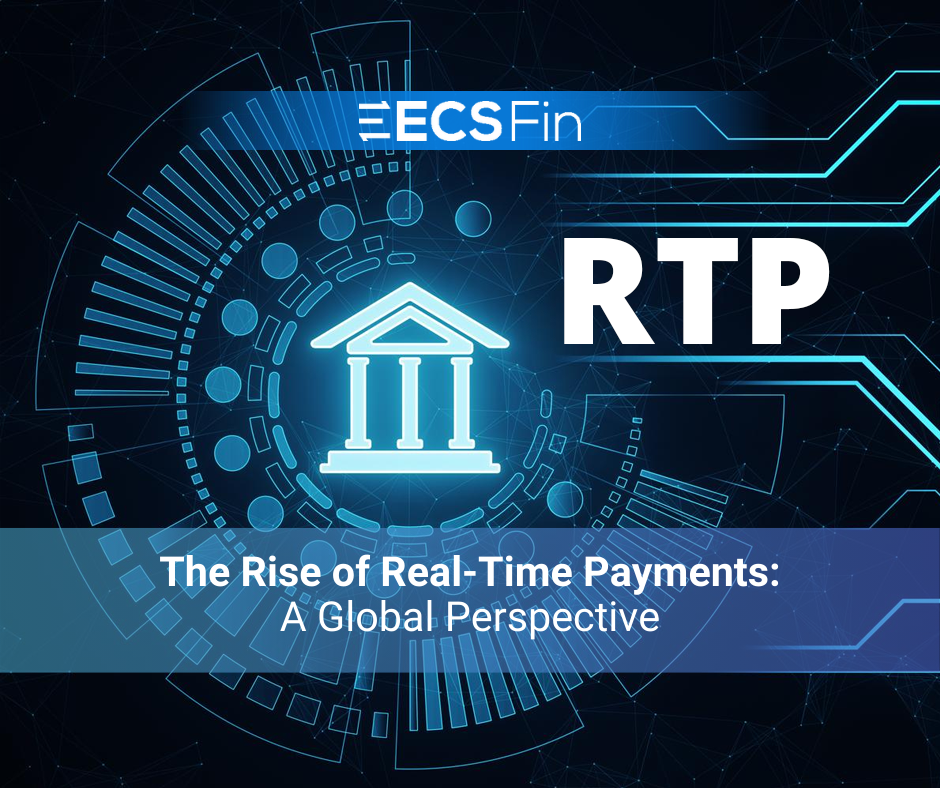Blog
Payment fraud: Understanding the changing tactics
If the headlines about payment fraud, embezzlement scandals, and data breaches worried you, you are not alone in this race. The risks associated with cyber-attacks and business fraud can halt the process not only from a technology side but also from process and people perspectives.
- Higher transaction limits
- Remote work with policy enforcement and lighter security protocols
- Increase in digital banking channels
- Phishing emails and weakened internal audit function

Expect a sharper increase of payment frauds in 2023
Of organizations surveyed saw payment fraud rise in the final months of 2022

Top payment fraud challenges for financial institutions
Top three payment
fraud challenges in Business/Corporate payments

How ECS Fin is making all the difference?

In 2016, Swift launched the CSP (Customer Security Programme) to address cyber and payment fraud risks with an increased focus on detective and preventative, ‘real time’ controls at both the transaction and enterprise levels. Every year, the CSP controls change to match the evolving threats across the financial community. The CSP controls change every year in line with evolving threats across the community. The 2022 control framework includes 32 control, 23 mandatory, and 9 advisories.




